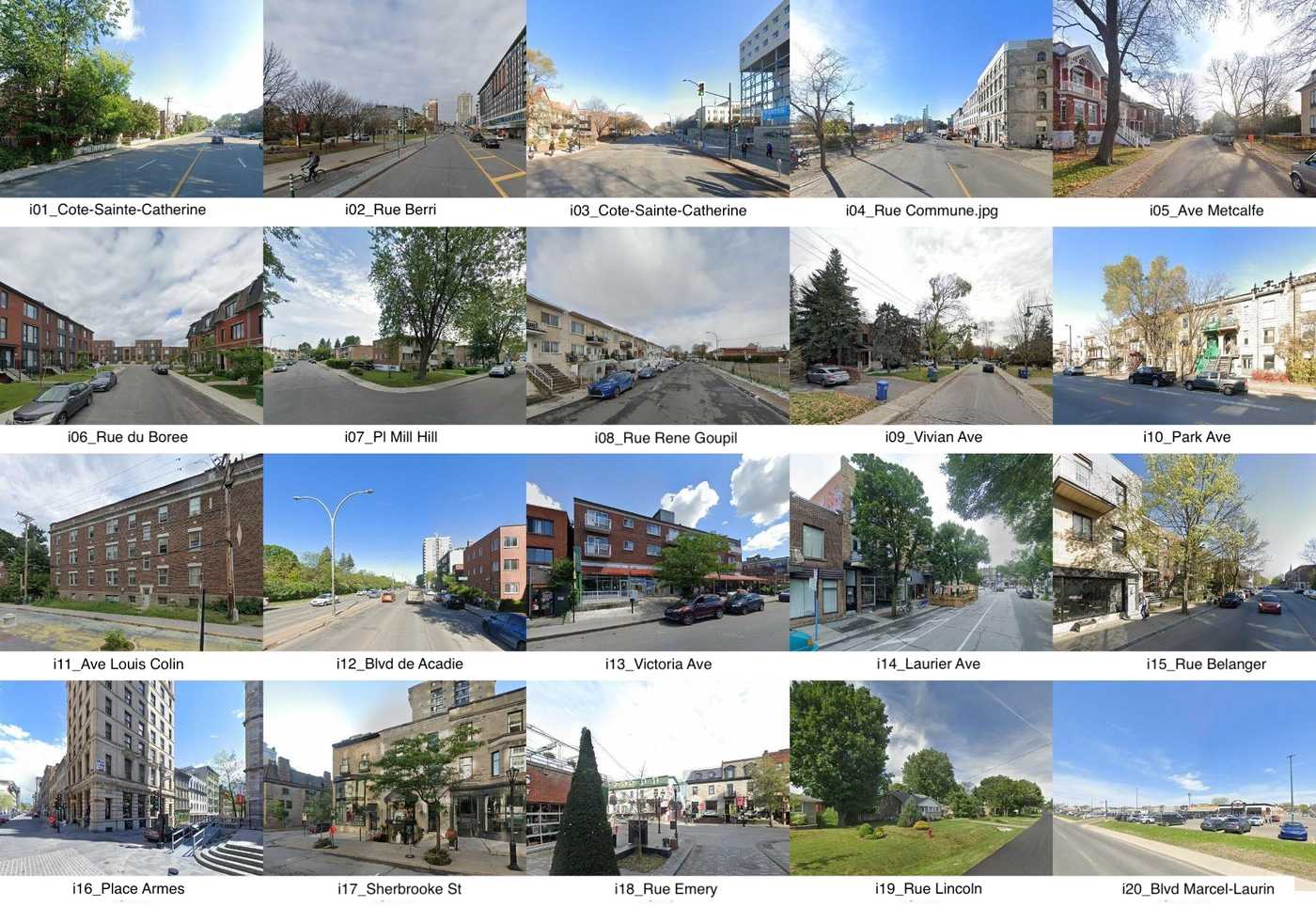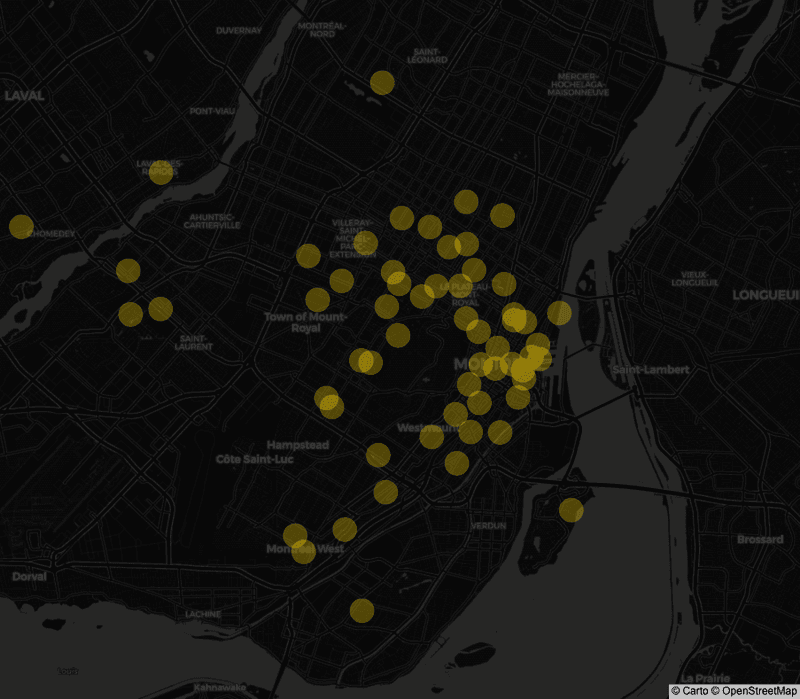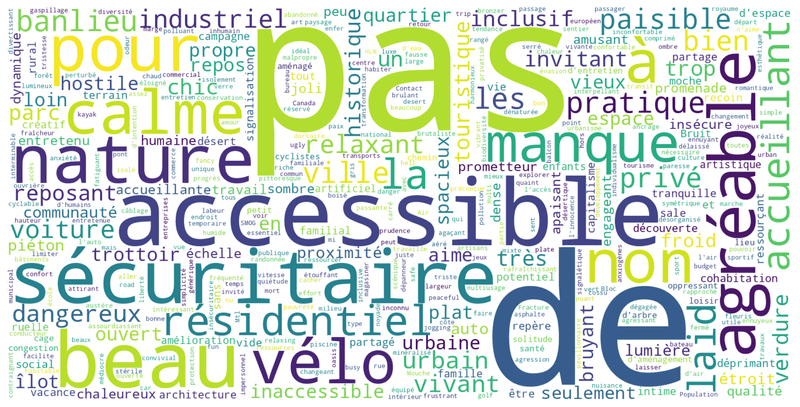No Street Works for Everyone?
2025-06-01

No single street met all needs—what we learned from group-dicussion, ranking, and rating.
Read on Habitat International I ScienceDirect · View Dataset on Hugging Face
The Big Idea
Street Review is a people-powered audit that asks:
Who actually feels welcome here—and who doesn’t?
We blend interviews, focus groups, and structured ratings to see how different communities experience city streets. In Montréal, something striking emerged: not a single street satisfied all intersectional user needs. Yet when groups sat down to talk, they began negotiating—sometimes fiercely—what “inclusive” really means.
Why This Matters
Inclusive streets aren’t just ramps and benches; they must signal belonging across cultures, ages, and mobilities. Conversations can shift how people perceive accessibility, but inclusivity is harder to resolve. Comparing pre- and post-visit ratings shows how familiarity reshapes judgment, pointing to context-specific, diversity-sensitive design over one-size-fits-all fixes.
How We Did It
Participants: 28 in interviews/focus groups, with 12 providing structured ratings. Sampling: 20 streets × 3 vantage points × 2 images—60 locations and 120 images chosen for diversity in land use, history, density, greenery, and amenities. Data: 600+ descriptors distilled into four core dimensions—Inclusivity, Accessibility, Aesthetics, Practicality. Analysis: Thematic coding, LDA topic modeling, and correlation checks across intersectional groups.
What We Found
Most streets performed adequately but rarely excelled across all dimensions. Accessibility and Practicality tended to move together; Aesthetics was a wildcard. Barriers varied by identity—LGBTQIA2+ folks, mobility-impaired users, elders, and newcomers flagged different frictions. Group dialogue boosted awareness of accessibility gaps, even as debates over inclusivity stayed lively.
Where This Can Be Used
Urban planning can combine solo and group feedback to shape street design; policy can deploy multilingual signs and cultural cues that say “you belong here”; research can adapt Street Review across cities and contexts.
Visuals

Sixty locations representing diverse street contexts.

Descriptors grouped into four main dimensions.
More: Habitat International · Dataset
Tags: Inclusive Urbanism · Street Design · Accessibility · Inclusivity · Participatory Methods · Montréal